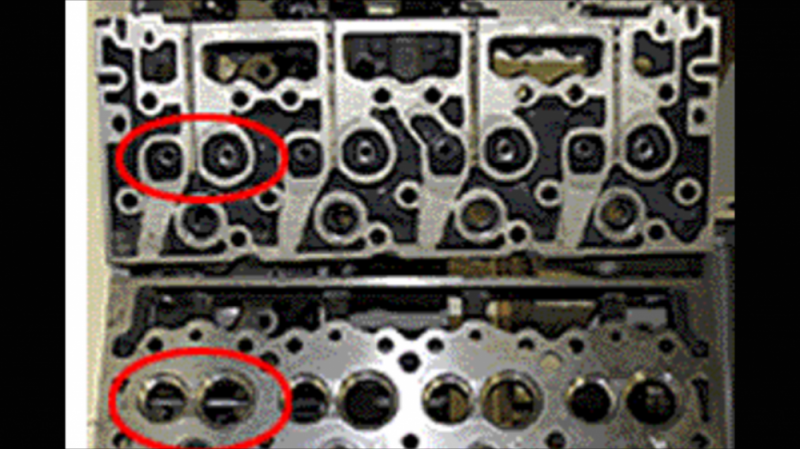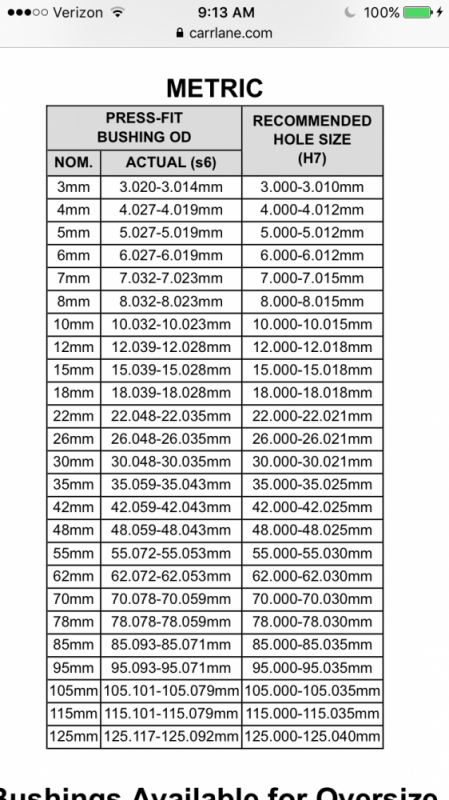valyidol
Active Member
Hi!
I sow this video
.
What do you think about this repair? Anybody do it? What size of tube?
I sow this video
What do you think about this repair? Anybody do it? What size of tube?
Follow along with the video below to see how to install our site as a web app on your home screen.
Note: This feature may not be available in some browsers.
This has been around for a LONG time now. Over 10 years that I know of at least. International diesel(or whatever they call themselves now) started out doing this because of all the 6.5 heads that crack between the seats.
maybe is there enough?My understanding is that it in and of itself doesn't fix the crack between the valves it just seals the waterjacket


This is cool!
There were only three questions!
What is the size of the holes?
What is the size of the tube?
What is the material of the tube?
Only weldingIs he just welding, or doing machine also. make sure that's included.
I can not to find where to bay it.Here is a link to the instructions that go with the kit to sleeve the coolant passage between the valves. If this kit can be ordered/shipped to your location, it might be a good option.
https://www.goodson.com/technical_support/instructions/Cylinder_Head_Rebuilding/DCR-62-KIT.pdf